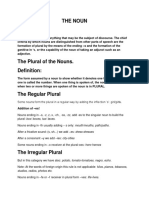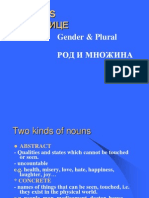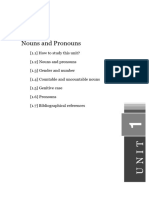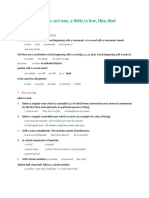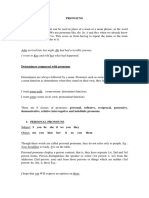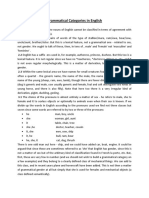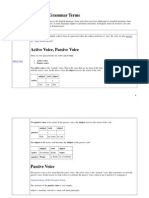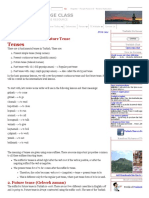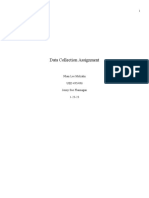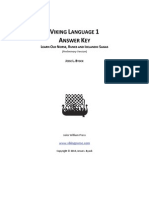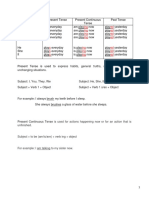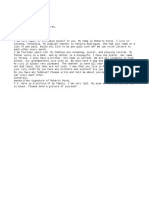0% found this document useful (0 votes)
3 views11 pagesLecture 07
The document explains the concepts of countable and uncountable nouns, detailing their characteristics and usage in English grammar. It also discusses gender in language, highlighting the distinctions between masculine and feminine terms, and the strategies to avoid gender-specific references. Additionally, it addresses the use of dual gender references and the implications of using masculine forms for both genders.
Uploaded by
Roberto DevereuxCopyright
© © All Rights Reserved
We take content rights seriously. If you suspect this is your content, claim it here.
Available Formats
Download as PDF, TXT or read online on Scribd
0% found this document useful (0 votes)
3 views11 pagesLecture 07
The document explains the concepts of countable and uncountable nouns, detailing their characteristics and usage in English grammar. It also discusses gender in language, highlighting the distinctions between masculine and feminine terms, and the strategies to avoid gender-specific references. Additionally, it addresses the use of dual gender references and the implications of using masculine forms for both genders.
Uploaded by
Roberto DevereuxCopyright
© © All Rights Reserved
We take content rights seriously. If you suspect this is your content, claim it here.
Available Formats
Download as PDF, TXT or read online on Scribd
/ 11









